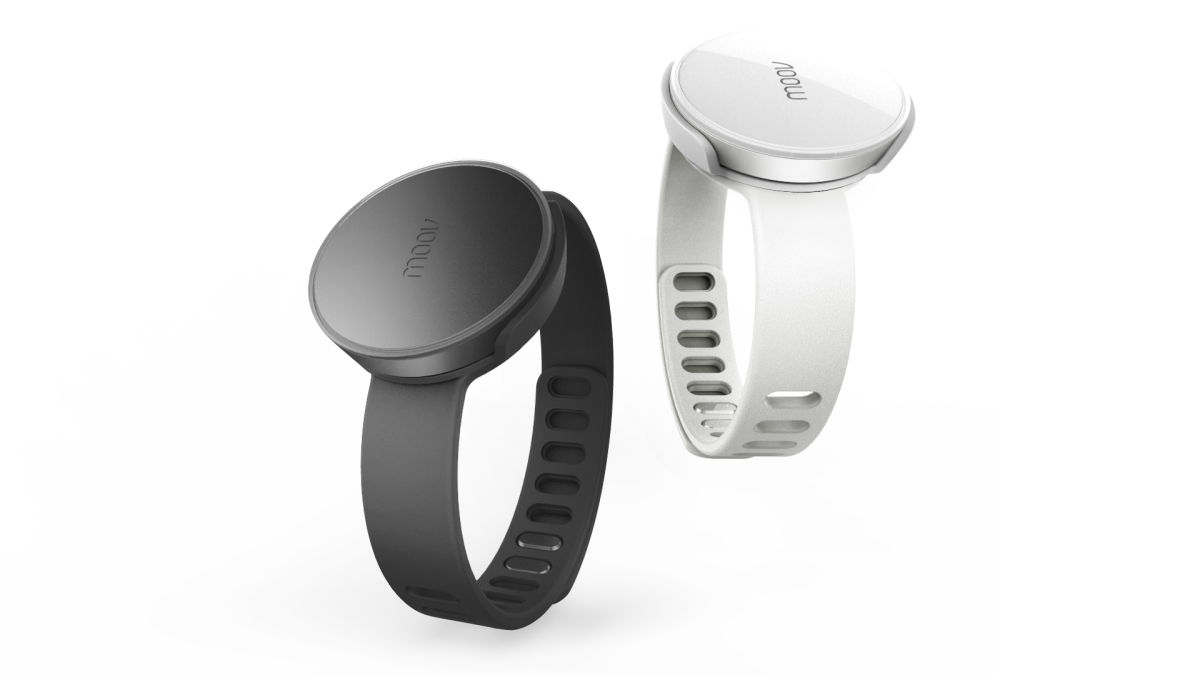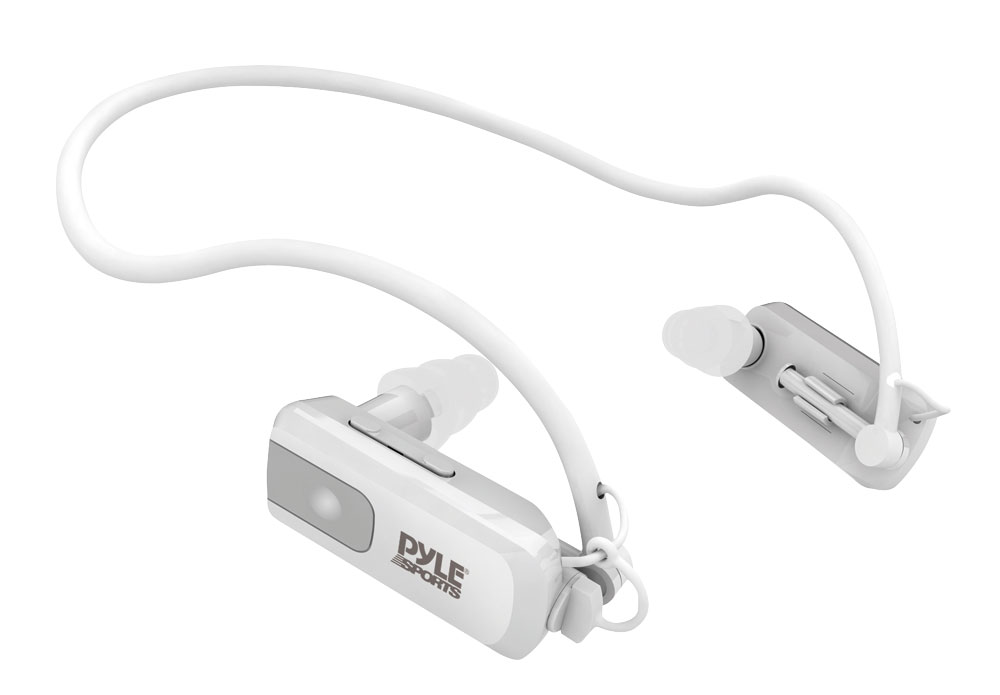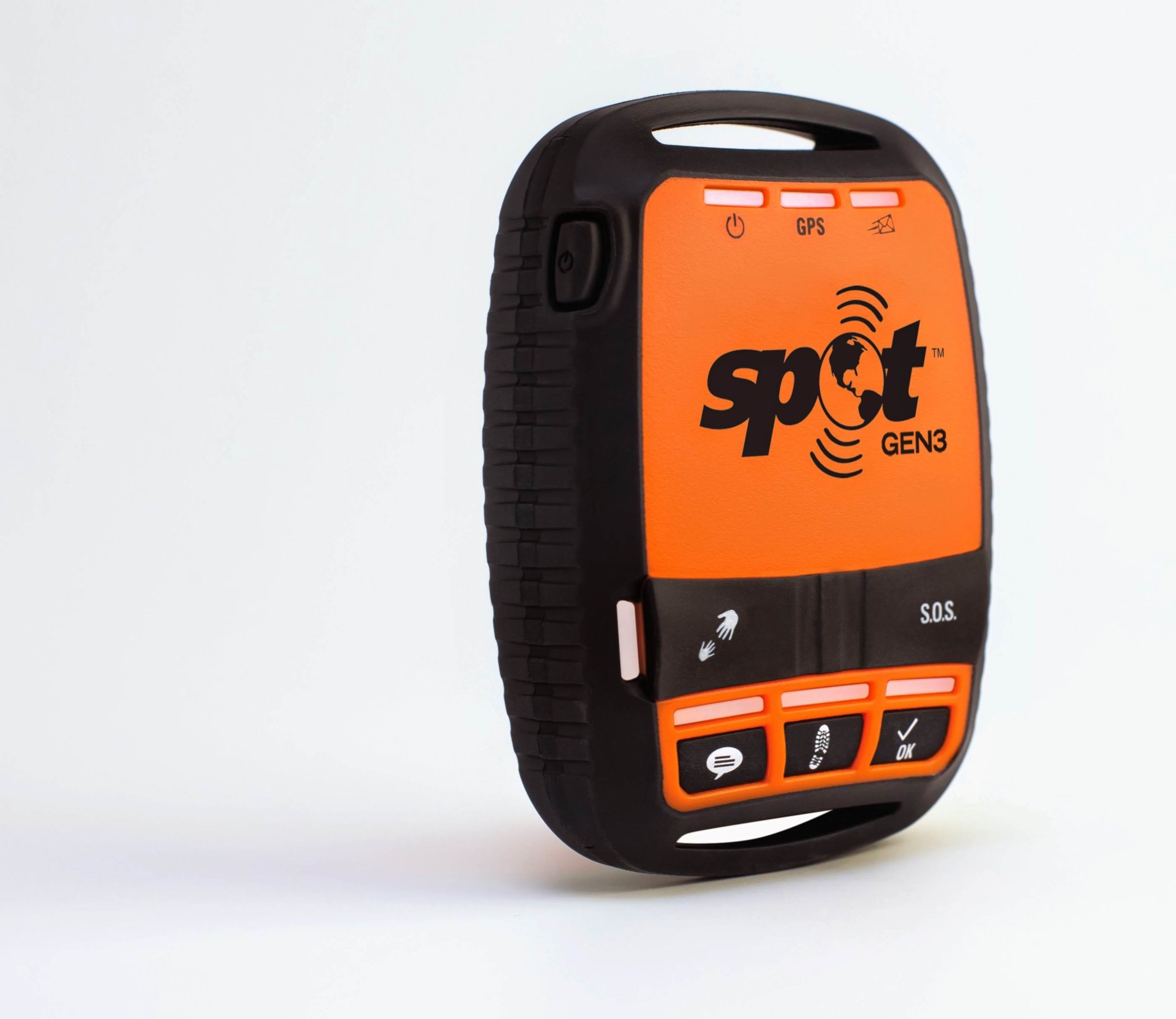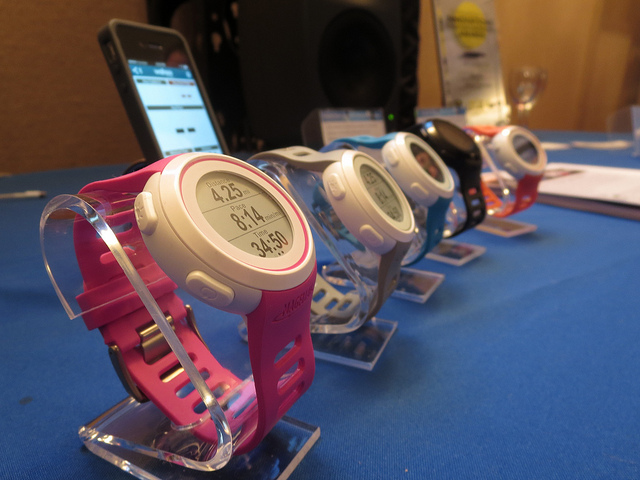Perhaps you’ve heard of the term hyper-connectivity. This is a relatively new term, generally used to talk about how we’re connected not only person-to person, but person-to-machine and machine-to-machine. It almost sounds Matrix-like, but it’s a very real thing that’s happening in our lives right now.
Technology all around us
With the recent release of iOS8, the new iPhone 6 and 6 Plus as well as many Android devices, technology is now being woven into every waking minute of our day.
The new Apple Watch, Samsung Galaxy Gear and other watches are integrating more phone-like characteristics. Most will only work with our smartphones or mobile devices. So not only do we have a pared-down phone on our wrists, but we also have to keep our mobiles nearby, making it much more difficult to disconnect.
With each new update to the operating systems, there is a closer integration with our daily activities. For example, the Apple iHealth Kit and Home Kit means that not only will you be able to monitor your daily health stats via your mobile, but also control more aspects of operating your home (home kit). The prices of these applications/accessories means that they will be available for more consumers rather than only a luxury item. It’s not hard to imagine that they’ll be common before long.
Is wearable tech taking over our lives?
I currently own a FitBit © which I love using daily. For me, it has made me much more active (and no I haven’t given it up after 6 months). I have noticed like with any new gadget, there becomes several new habits that weren’t there before (and not always habits I would have predicted).
My FitBit © is programmed to have an silent alarm for each morning. Each day is different depending on what activities I have regularly planned. If I forget to put the FitBit back onto my wrist, it will still vibrate and go off (meaning I have to still get out of bed to stop it from beeping).
When it’s charging, not having it with me becomes in inconvenience. I love that I get an email from FitBit saying that the battery is low, but often leave it to the last minute. This means that I am not wearing the FitBit whilst going for a morning walk or exercise (hence not measuring steps/sleep which then I want to make up to my magic ‘10,000 steps a day’).
It also affects my life when I’m wearing it. I went for a bike ride the other day, and was disappointed that my step count wasn’t as high–even though I had completed 45 mins of exercise.
Currently with the FitBit © Flex, there is no way to gauge EXACTLY how many steps, km’s or calories you have burned, unless you sync it to your mobile device or laptop. This means at the moment I will check in on my mobile several times a day (I can tap on my Flex and it will tell me roughly how many steps I am up to – each dot is represented via 2,000 steps which is my daily goal). It also means at night time I have noticed I become a little OCD in making sure I get all the elements coloured green (hit the daily target, such as 10,000 steps, 8.05km, 2,184 calories or 30 minutes of active exercise).
My sleeping habits aren’t the best, so I only glance at these figures perhaps once a week.
Balancing connectivity
This experience has show me how difficult it can be to disconnect from your mobile devices, especially if they are connected to other things such as a smart watch or fitness device. These days, I have finally stopped checking the results of my exercise every waking moment, and just usually check at night time to see how much exercise I’ve done.
As for other wearable technology, I would love an Apple Watch but my biggest concern would be how many extra pieces of technology I’d be relying on to complete simple everyday tasks. The FitBit © already impacts so many aspects of my life–I can’t imagine what would happen with a smartwatch!
But in the end, only time will tell the impacts of these gadgets on our lives.
Featured image: HasinHayder
Megan Iemma
Technology Coach and “IT” girl Megan Iemma is a thought leader in the world of technology and its uses. An educator and techno geek, Megan combined her passions for education and technology and founded Tech Coach HQ working with businesses and their teams to improve processes and embrace the productivity technology has to offer.











